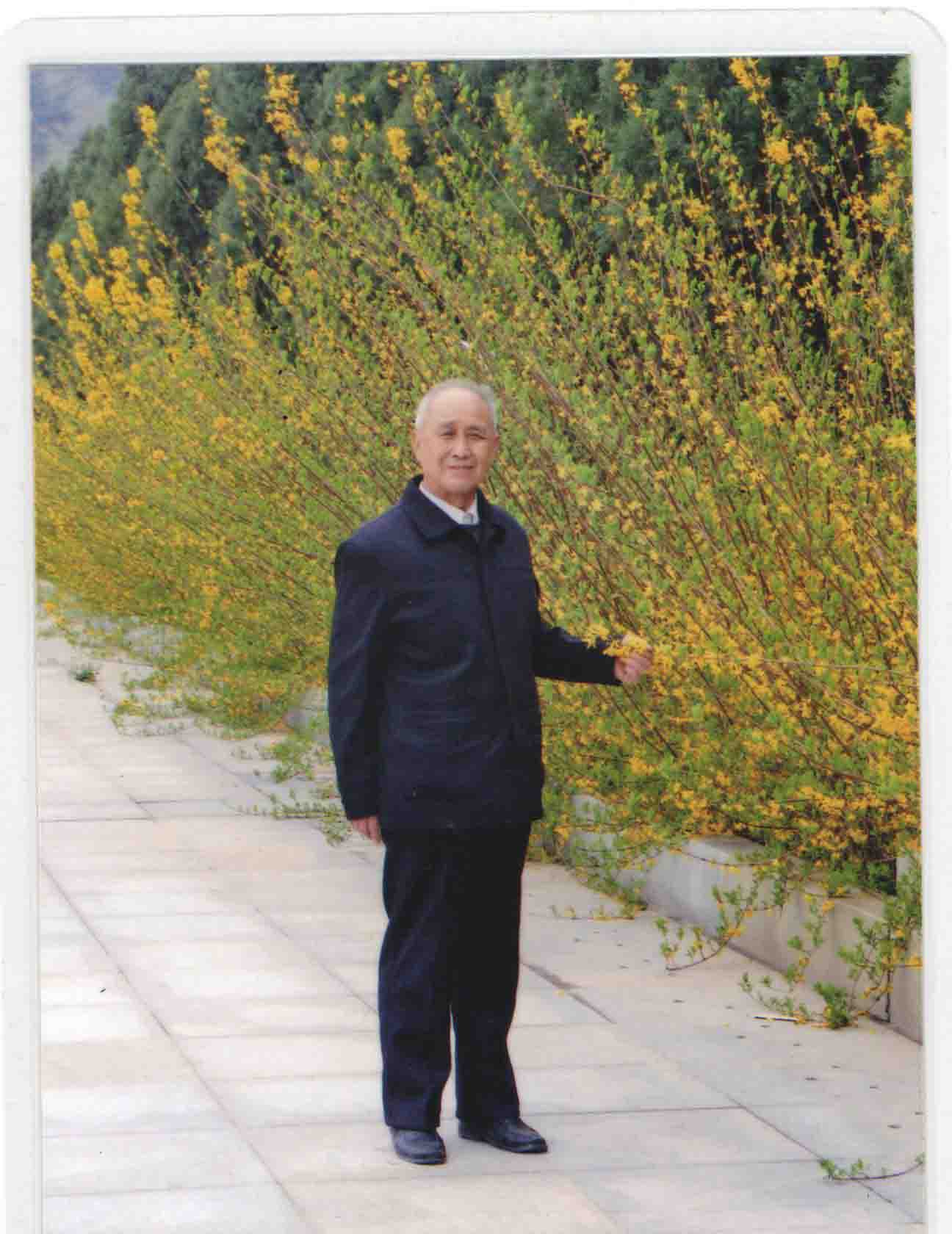Kong Lingyuan
Kong Lingyuan
Personal Profile
Kong Lingyuan, male, was born in 1951 in a rural area of Lankao County, Henan Province, and is the 76th-generation descendant of Confucius. He is currently a member of the Jinshui District Calligraphy Association in Zhengzhou, a member of the Zhengzhou Elderly Calligraphy Research Society, a member of the Zhengzhou Calligraphy Association, one of the founders of the Zhengdong New Area Calligraphy Association, a standing director of the Zhengdong New Area Calligraphy Association, and a academician of the Henan Dahua Painting and Calligraphy Institute.
Since childhood, I have been passionate about Chinese brush calligraphy. During my junior high school years, which coincided with the "Cultural Revolution," I was assigned by my school to temporarily suspend classes and professionally paint wall slogans and "Quotations from Chairman Mao" boards on streets. Beginning in 1974, during my 27-year tenure as a rural electrician, I was repeatedly invited by the Lankao Electric Power Bureau to paint safety-usage slogans on walls along major transportation routes and at major substations throughout the county. I consistently employed the double-outlining technique, gradually transitioning from outlining each stroke individually to outlining entire characters as unified forms, with lines that neither repeat nor cross—laying a solid foundation for my future double-outlining calligraphy art.
In 2011, I settled in Zhengzhou and gradually became acquainted with many calligraphy friends in the city. Through learning, exchanging, and discussing with them, my double-outlining calligraphy art has been further developed. My works have been selected multiple times for calligraphy exhibitions organized by various sectors in Zhengzhou and have won numerous awards. The piece "Song of Humility and Harmony" was collected by the Henan Provincial People's Congress for the Calligraphy and Photography Exhibition commemorating the 65th Anniversary of the Founding of the People's Republic of China; Xi Jinping's "Musing on Jiao Yulu" was collected by the editorial board of the Macao-based magazine "Chinese Perspective"; in 2015, my self-composed poem "For the Reunion of Teacher Jia Qingping’s Comrades-in-Arms" was exhibited jointly in Zhengzhou, Kaifeng, Luoyang, and Pingdingshan; ten works, including "Linjiangxian · The Mighty Yangtze River Flows Eastward," spanning four pages, were published in Issue 6 of 2017 by the China Times Brand magazine, under the Hong Kong-based Huaxia Fengqing Magazine Group.
Double-outlining calligraphy means the intention precedes the brushstroke. Before the pen even touches the paper, the character is already clearly envisioned in the mind. I merely trace along the contours of the character; the lines neither repeat nor cross, no preliminary sketch is drawn, and each character is completed in a single, uninterrupted stroke—with no room for regret. This is an entirely different concept from writing conventional solid-form calligraphy. The difficulty involved is an experience unprecedented among most calligraphers—even renowned masters.
Although double-outlining calligraphy has received mixed reviews within the calligraphy community, owing to my over fifty years of dedicated practice, I remain steadfast and unwavering in my pursuit. Not only do I find personal joy in it, but my work has also earned widespread recognition, appreciation, and collection by fellow calligraphers, and my pieces have now entered the Zhengzhou art and calligraphy market.
Since childhood, I have been passionate about Chinese brush calligraphy. During my junior high school years, which coincided with the "Cultural Revolution," I was assigned by my school to temporarily suspend classes and professionally paint wall slogans and "Quotations from Chairman Mao" boards on streets. Beginning in 1974, during my 27-year tenure as a rural electrician, I was repeatedly invited by the Lankao Electric Power Bureau to paint safety-usage slogans on walls along major transportation routes and at major substations throughout the county. I consistently employed the double-outlining technique, gradually transitioning from outlining each stroke individually to outlining entire characters as unified forms, with lines that neither repeat nor cross—laying a solid foundation for my future double-outlining calligraphy art.
In 2011, I settled in Zhengzhou and gradually became acquainted with many calligraphy friends in the city. Through learning, exchanging, and discussing with them, my double-outlining calligraphy art has been further developed. My works have been selected multiple times for calligraphy exhibitions organized by various sectors in Zhengzhou and have won numerous awards. The piece "Song of Humility and Harmony" was collected by the Henan Provincial People's Congress for the Calligraphy and Photography Exhibition commemorating the 65th Anniversary of the Founding of the People's Republic of China; Xi Jinping's "Musing on Jiao Yulu" was collected by the editorial board of the Macao-based magazine "Chinese Perspective"; in 2015, my self-composed poem "For the Reunion of Teacher Jia Qingping’s Comrades-in-Arms" was exhibited jointly in Zhengzhou, Kaifeng, Luoyang, and Pingdingshan; ten works, including "Linjiangxian · The Mighty Yangtze River Flows Eastward," spanning four pages, were published in Issue 6 of 2017 by the China Times Brand magazine, under the Hong Kong-based Huaxia Fengqing Magazine Group.
Double-outlining calligraphy means the intention precedes the brushstroke. Before the pen even touches the paper, the character is already clearly envisioned in the mind. I merely trace along the contours of the character; the lines neither repeat nor cross, no preliminary sketch is drawn, and each character is completed in a single, uninterrupted stroke—with no room for regret. This is an entirely different concept from writing conventional solid-form calligraphy. The difficulty involved is an experience unprecedented among most calligraphers—even renowned masters.
Although double-outlining calligraphy has received mixed reviews within the calligraphy community, owing to my over fifty years of dedicated practice, I remain steadfast and unwavering in my pursuit. Not only do I find personal joy in it, but my work has also earned widespread recognition, appreciation, and collection by fellow calligraphers, and my pieces have now entered the Zhengzhou art and calligraphy market.
para-title
TAG:
Kong Lingyuan

 中文
中文  en
en 
